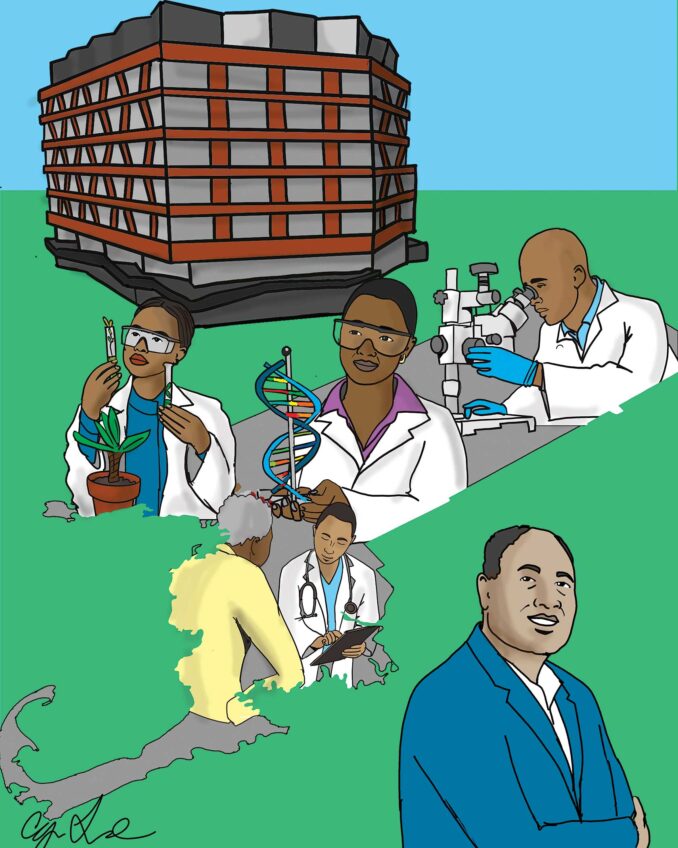School safety in the Boston Public Schools (BPS) is not as simple as taking a stand on police or metal detectors in schools. The real problem is that Superintendent Mary Skipper and Mayor Michelle Wu do not see schools as distinct communities. With goals of “building trust” and “transparency” in the BPS Strategic Plan, the biggest hurdle facing years of misguided and rotating leadership is the inability of city leaders to understand each school is a community built by and for students, parents and educators. BPS families love and want their schools to be good because they entrust their children to them.
For Skipper and Wu, the school system is made up of chess pieces that they choose to close, move, merge and manage as pawns. Because of this approach, when there is a problem with school safety, the easy, quick answer seems less about building a safe and nurturing school community to address the root of the problem and more about quickly managing it.
Restorative justice is an evidence-based method that works to change a school culture. Known for peer mediation and “circles,” the basis of restorative justice is ensuring that students and teachers learn to listen to one another and address needs in a way that requires honest, healthy, holistic communication. When an administrator, educator or student does something wrong, hurting the entire school, the harm needs to be mended, with everyone playing a role in the work to fix the damage done. Restorative justice changes a school culture so that all involved participate in addressing issues as a community with responsibility and accountability.
While that may sound difficult to imagine in some schools, what makes it work is creating, building and sustaining relationships, which requires a comprehensive districtwide plan and dedication by BPS and City Hall leadership. Building trust and practicing transparency are foundational and essential. The reason Skipper and Wu continue to fail is because this model is more than verbal commitments and temporary solutions.
Over the past three years, the district’s restorative justice office has only had two full-time staff for the entire district. Skipper added an additional nine staffers to this year’s budget, bringing the total to 11 for this intensive process, compared to the current 72-78 positions for school safety specialists. Skipper also added to the budget an additional 18 “community connections coordinators” and $30 million for school cameras.
Those 90-96 positions as specialists or coordinators will not be directly focused on creating a comprehensive restorative justice plan but will instead respond to school incidents of violence with reactive and punitive measures. Clearly, there is an imbalance in staffing and lack of a comprehensive thought process around school safety.
In the interest of more than just a verbal commitment, the Boston Education Justice Alliance (BEJA) demands that BPS leadership create a comprehensive districtwide restorative justice plan staffed with more than 11 people. This plan should map out implementation in all schools, including initial training and ongoing coaching, supervision of the implementation, standards and metrics for evaluation, and outreach plans for students, families and staff. If Wu can find and earmark city funds for 18 new community connections coordinators, then additional funds should also be found to match staffing those numbers in the restorative justice office.
The BEJA also demands an immediate public convening to share information on the memorandum of understanding between BPS and Boston Police. This public discourse must include a detailed explanation of how any proposed agreements align with district policy, state law and state requirements. In 2018, an East Boston student was deported as a direct result of student information sharing between the two city departments. This major hole in school safety policy has not been closed.
In addition, unspent capital funds should prioritize repairs and improved ventilation, heating and cooling systems that are desperately needed in school buildings over the $30 million allocated for surveillance cameras.
The solution to school safety is more complicated than police in schools, misguided priorities and expensive quick fixes that do not address root causes. Perhaps, if Skipper and Wu had more restorative justice practitioners on staff, they might begin to understand that BPS is an ecosystem of school communities and the true meaning of restorative justice and safe safety.
Ruby Reyes is director of the Boston Education Justice Alliance (BEJA).






